FAQs
Once valued for its versatility, now poses significant health risks. Exposure to its fibers can lead to lung cancer, mesothelioma, and other respiratory diseases.
Recent Frequently Asked Question
Asbestos is a naturally occurring mineral composed of tiny, microscopic fibers. When disturbed, these fibers can become airborne and easily inhaled, potentially leading to life-threatening diseases such as cancer. Exposure to asbestos increases the risk of developing lung cancer, ovarian cancer, laryngeal cancer, and mesothelioma, a rare and aggressive cancer of the lung lining. Additionally, asbestos exposure can cause diseases like asbestosis and pleural plaques. Unfortunately, there is no cure for mesothelioma, and asbestos-related diseases contribute to approximately 4000 deaths in Australia each year.
There is no safe level of asbestos exposure, as it is a genotoxic carcinogen. Exposure to asbestos fibers can occur through contact with naturally occurring asbestos or asbestos-containing materials in buildings and infrastructure. Those at the greatest risk are individuals involved in repairs, maintenance, renovations, and other work on older buildings and infrastructure containing asbestos materials.
Our team follows strict safety protocols for asbestos removal projects. Each project undergoes detailed pre-planning, and the removal process varies depending on the specific requirements. Factors such as ease of access, condition of the asbestos, and project scope influence the cost of removal. To get an accurate price estimate, contact our team to arrange an on-site inspection.
Proper maintenance of asbestos removal equipment is crucial for ensuring safety. Equipment such as HEPA-rated asbestos vacuum cleaners and Negative Pressure Units (NPUs) must be regularly maintained and undergo DOP (Dispersed Oil Particulate) testing every 6 to 12 months. This testing certifies the efficiency of the equipment in containing asbestos fibers.
Health surveillance programs and respirator fit testing are essential for employee safety. Contractors should provide yearly fit testing and ongoing health surveillance programs for employees to comply with legislation and ensure worker safety.
Air monitoring and clearance inspections are critical steps in ensuring the safety of the work environment. Air monitoring measures airborne asbestos fibers released during removal works, while clearance inspections conducted by independent Licensed Asbestos Assessors ensure proper removal and decontamination of the work area. These inspections are essential for environmental safety and legislative compliance.
